While the Imperial War Museum at Duxford near Cambridge is undoubtedly one of the greatest aviation museums in the world, covering the history of flight from the earliest days through war and conflict to more recent times, one part of the collection is of particular interest to civil aviation enthusiasts.
The British Airliner Collection is a set of historic airliners which have been retired and preserved here and are looked after by a dedicated set of volunteers.
The collection covers the whole history of the British piston, jet and turboprop eras, and I don’t know anywhere else that you can see all the classic British airliner types in one place.
I recently visited the collection. An additional ticket on top of museum entry is required, which can be bought at various points around the museum. It costs £5 for one visit to all the aircraft.
Many of the aircraft are open to visit inside and see what life was like onboard in that era. They have been lovingly restored in the liveries and interior layouts of classic airlines like BEA, BOAC, Dan Air London and Air UK.
Inside and out there are information boards about each aircraft, giving a potted history of the type and that particular airframe.
The British Airliner Collection at Duxford
Airspeed Ambassador 2 G-ALZO (Dan-Air London)
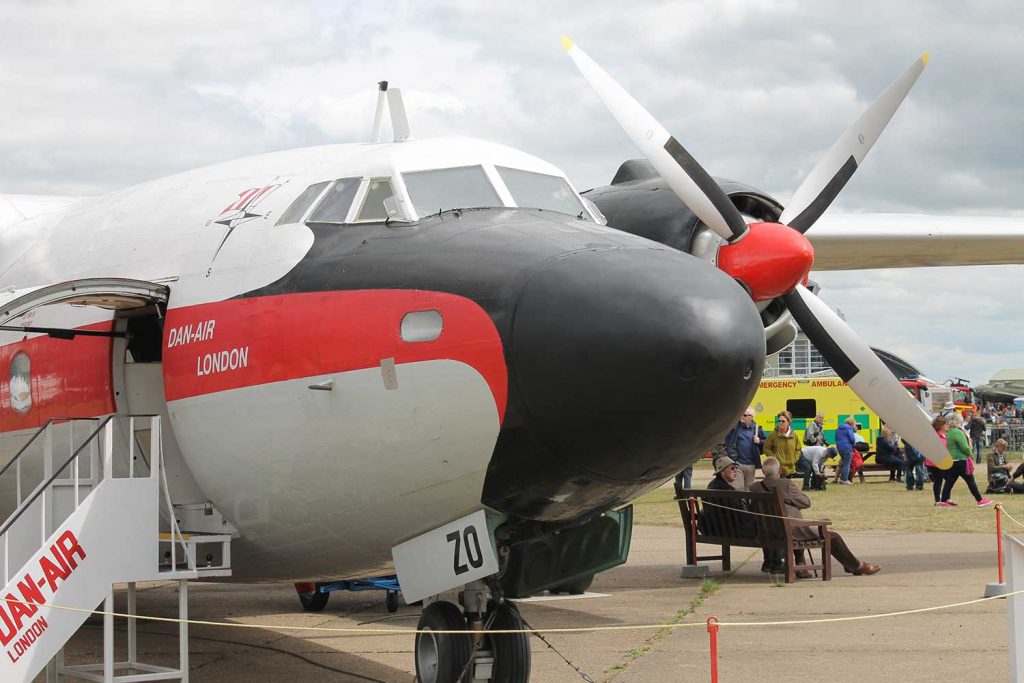
Avro York G-ANTK (Dan-Air London)
BAC 1-11-510ED G-AVMU (British Airways)
BAC / Aerospatiale Concorde 101 G-AXDN
Bristol Britannia 175 G-AOVT (Monarch Airlines)
Britten-Norman BN-2A III Trislander G-BEVT (Aurigny Air Services)
de Havilland Comet 4 G-APDB (BOAC)
de Havilland Dove G-ALFU (Civil Aviation Flying Unit)
Handley Page HPR7 Herald G-APWJ (Air UK)
Handley Page Hermes G-ALDG (BOAC)
Hawker Siddeley HS.121 Trident 2E G-AVFB (British European Airways)
Vickers Super VC10 G-ASGC (BOAC Cunard)
Vickers Viscount 701 G-ALWF (British European Airways)
Here’s a video of the aircraft to enjoy!
Highlights of the collection are:
Concorde G-AXDN is one of the British pre-production examples which was used for testing. This particular aircraft was used for testing in cold conditions, and in improving efficiency of the type. It also set a transatlantic record. On 20 August 1977 it arrived at Duxford two days before a quarter of the runway was removed to make way for the M11 motorway.
Hermes G-ALDG is the only surviving example of this aircraft type in the world and, while only a fuselage, has been restored inside and out, with some interesting exhibits on display. It was only saved because it was retained for training cabin crews and firefighters at Gatwick Airport.
Trislander G-BEVT is the latest addition to the collection. Until recently it was flying the busy routes between the Channel Islands.
The Avro York was an early airliner developed in the 1940s from the Lancaster bomber. This particular aircraft was used for a long time to ferry freight to Africa and Australia and ended its life as a Scout group headquarters until it was moved to Duxford for restoration.
Also in Dan Air colours, G-ALZO is the only surviving Airspeed Ambassador in the world. It was originally one of BEA’s ‘Elizabethan’ fleet, made famous for the Munich Air Disaster (https://en.wikipedia.org/wiki/Munich_air_disaster).
G-ALWF is the oldest surviving Vickers Viscount, the world’s first turboprop-powered airliner, and the second production example. Built in 1952, it flew for British European Airways, Channel Airways and Cambrian Airways.
Comet 4B G-APDB made history on 4 October 1958 when it operated the world’s first transatlantic passenger service by a jet airliner. It set a record time of 6 hours 11 minutes that day.
Trident G-AVFB was loaned to Cyprus Airways in 1974 as 5B-DAC shortly before Turkey invaded the north of the island. The aircraft suffered gunfire damage and was abandoned on the airfield, before engineers were sent to patch it up and return it to London in 1977.
Both the Bristol Britannia and Handley Page Herald aircraft in the collection were the last of their respective types to carry passengers on scheduled flights.
How to Visit the Collection
Duxford Imperial War Museum is open daily, and the British Airliner Collection is open most days (sometimes aircraft are being worked on so you can’t go inside).
You can visit their website here: https://www.britairliners.org/
You can find out more, including times and prices, here: https://www.iwm.org.uk/visits/iwm-duxford
Preserved Airliners of Europe
Find all the preserved airliners and military transport aircraft across Europe, including the British Airliner Collection at Duxford, in this compact guide.

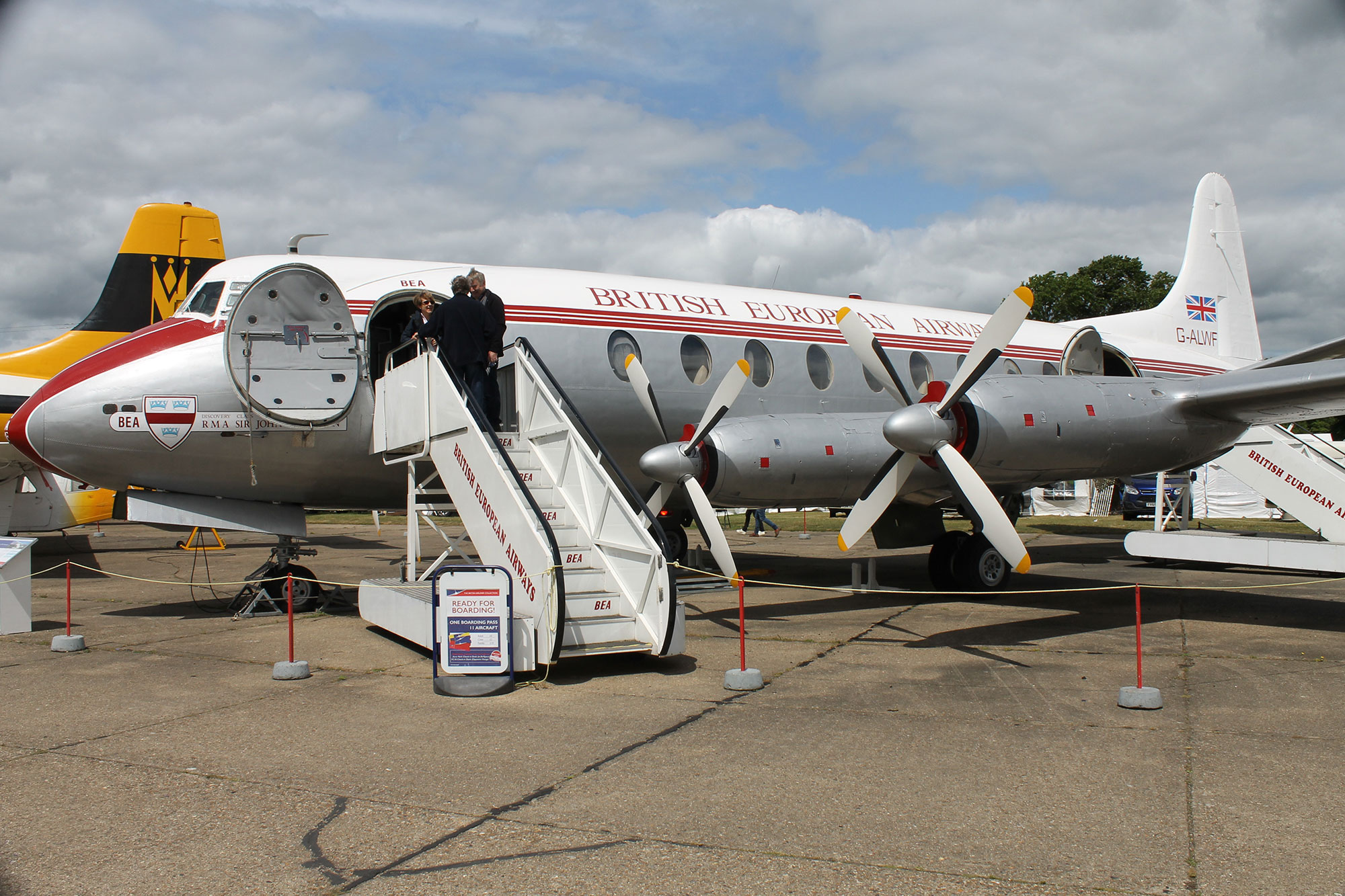
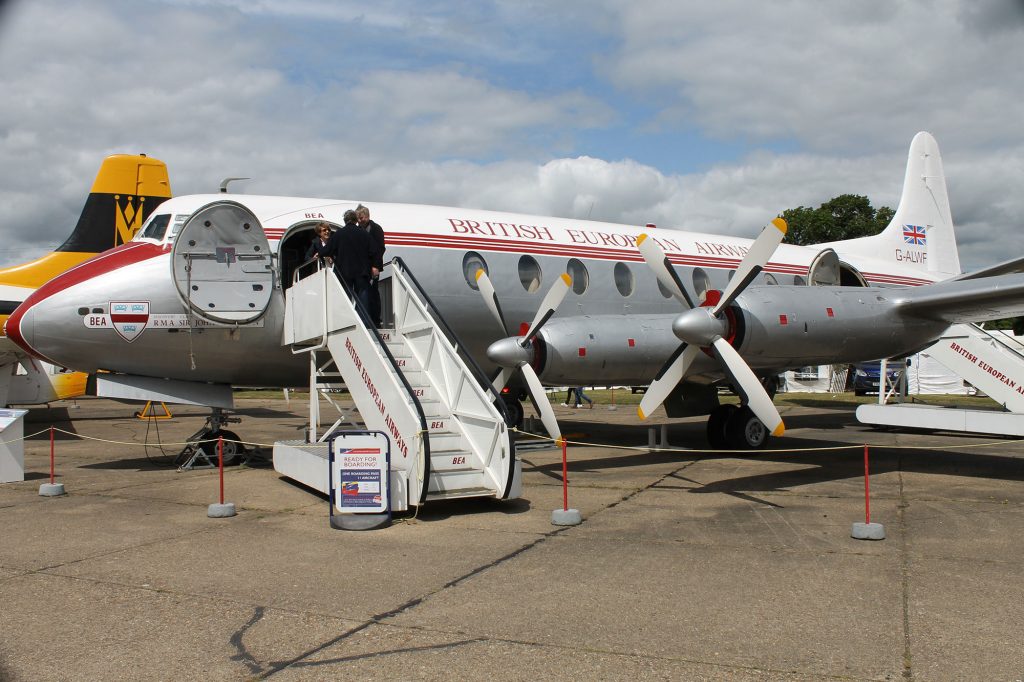
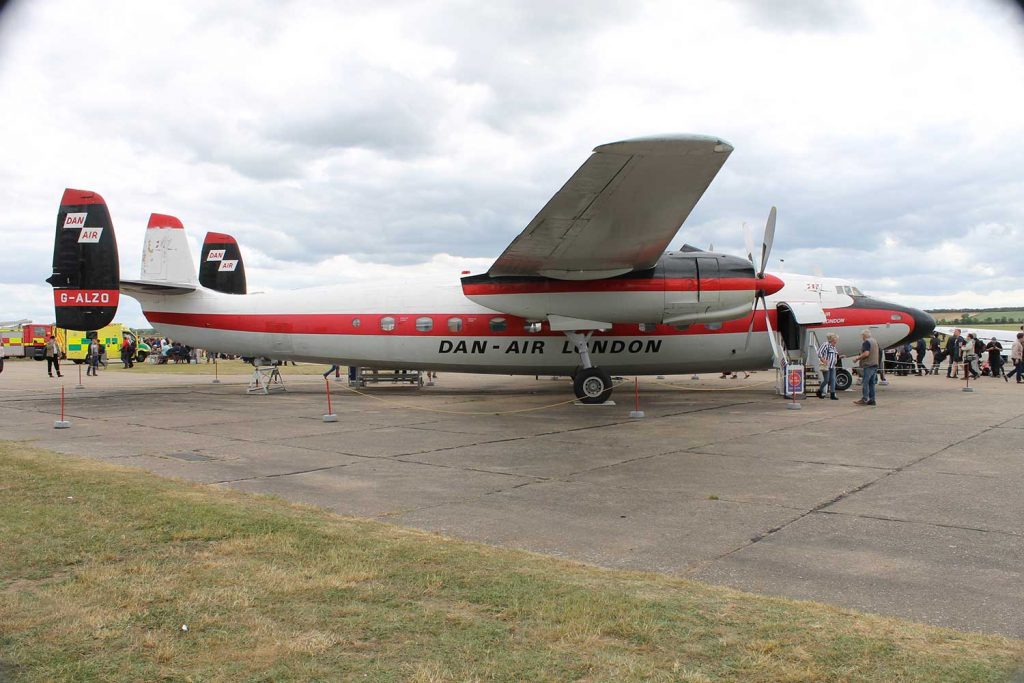
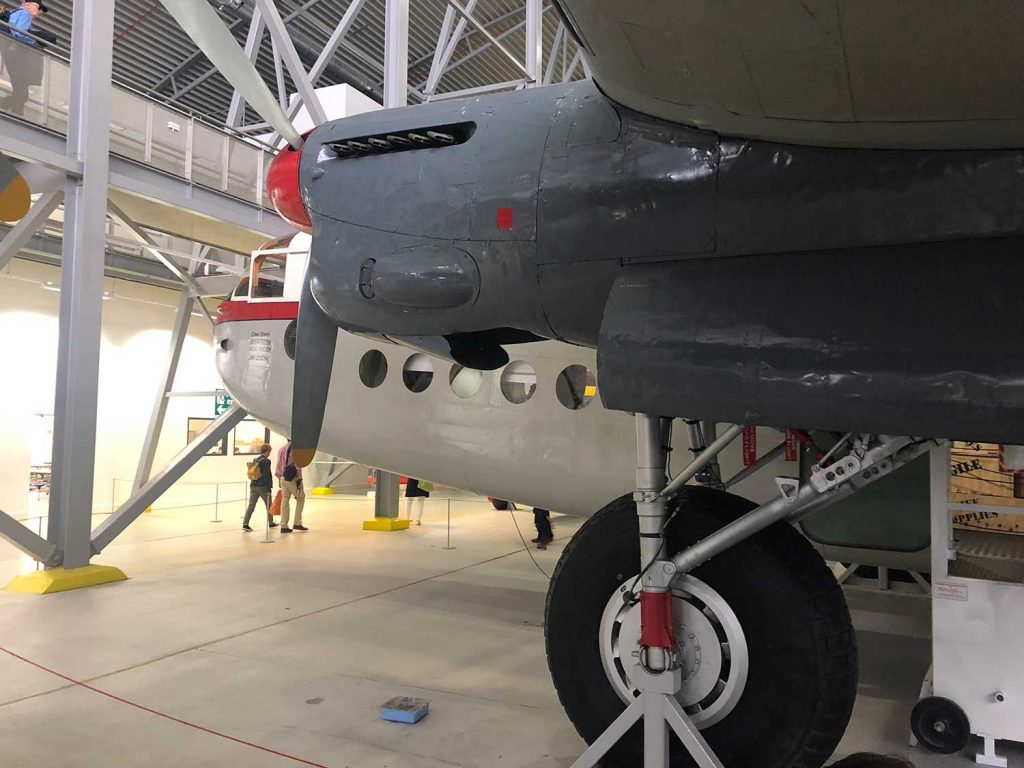
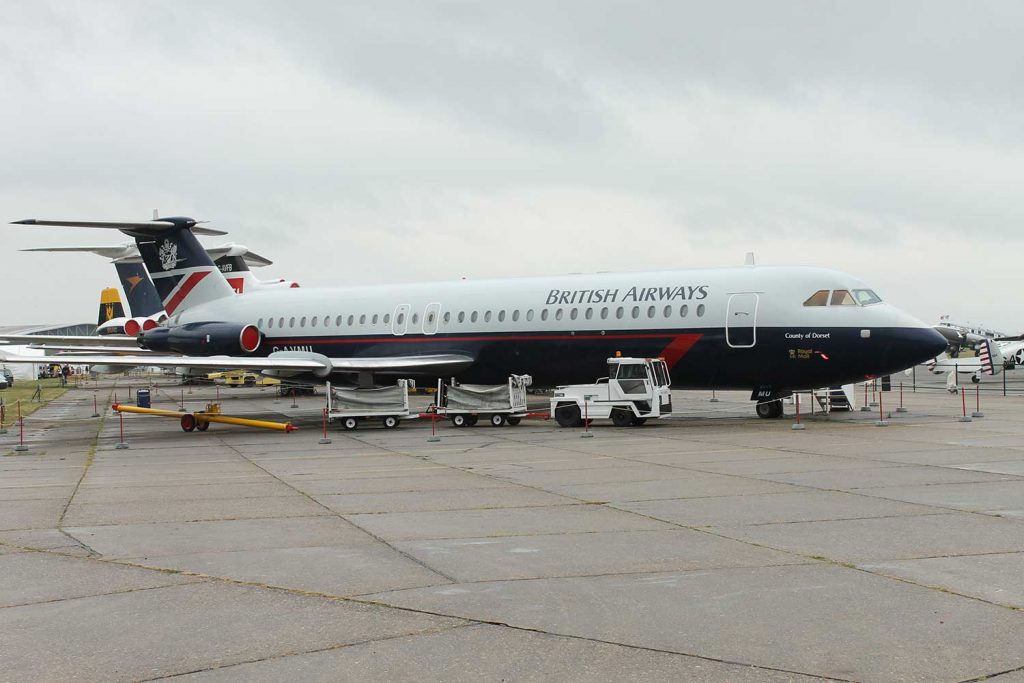
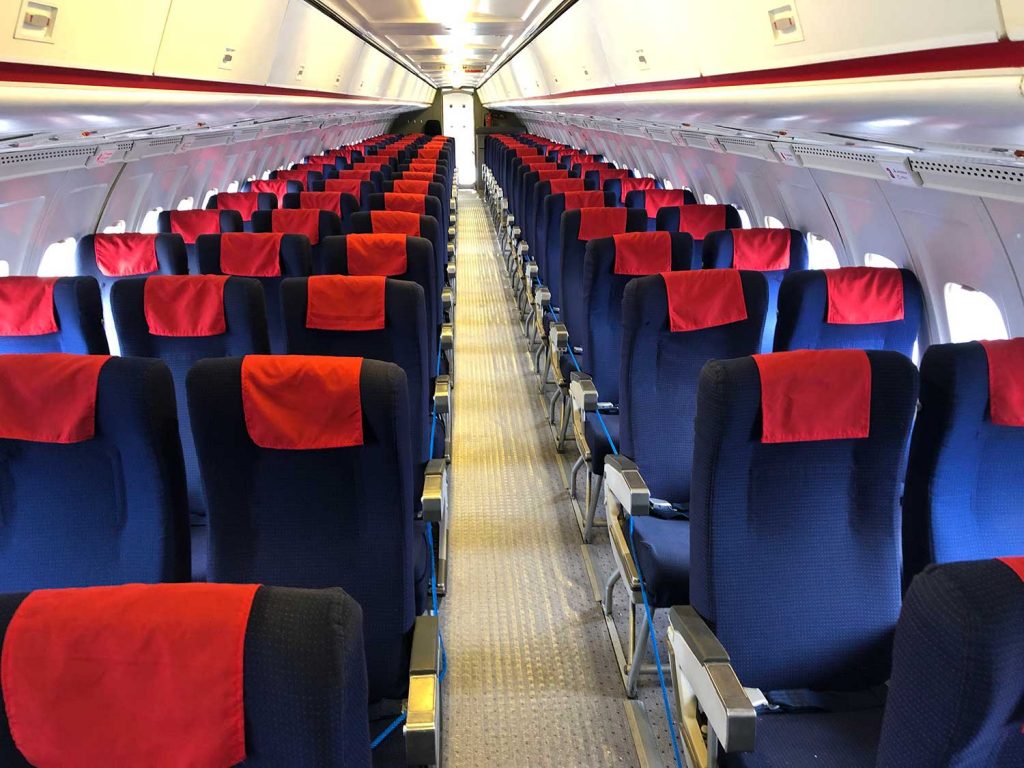

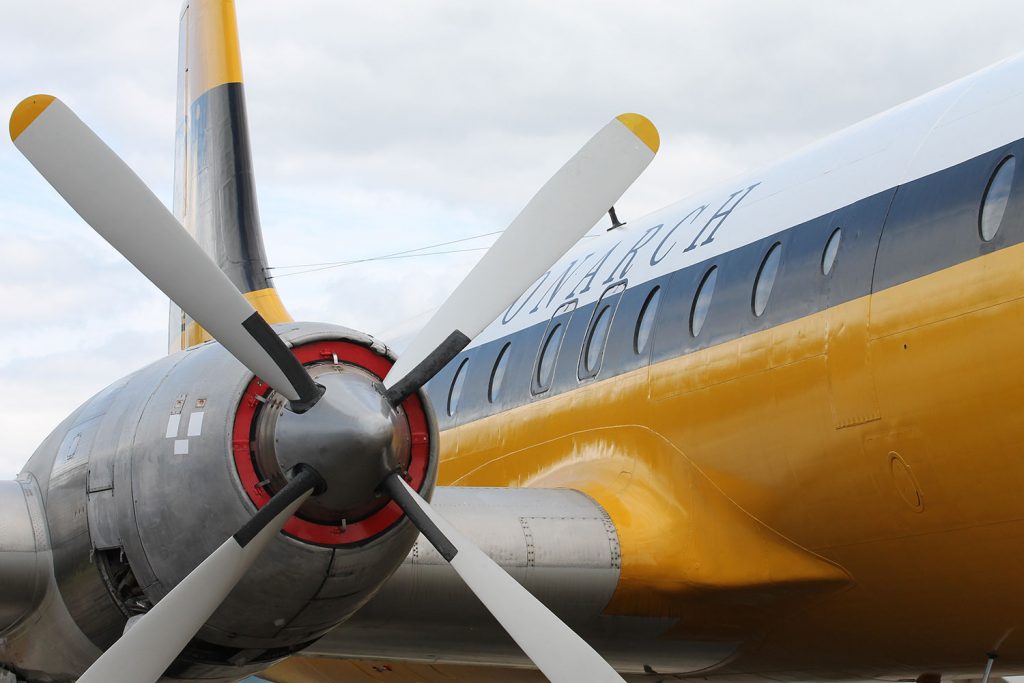
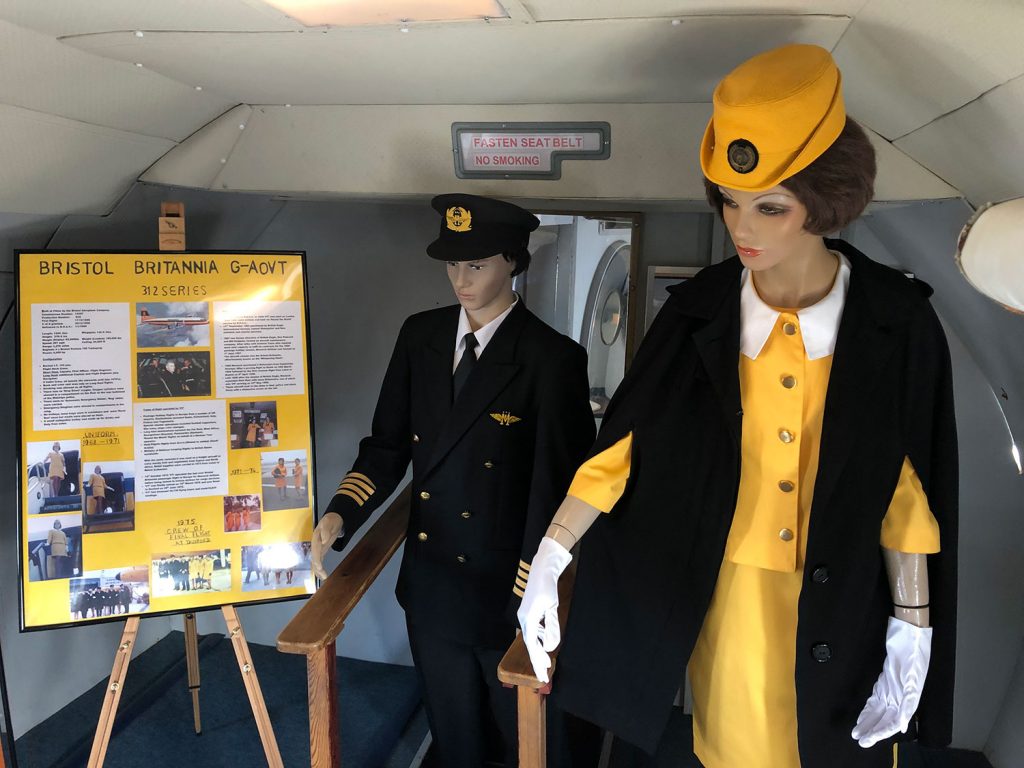
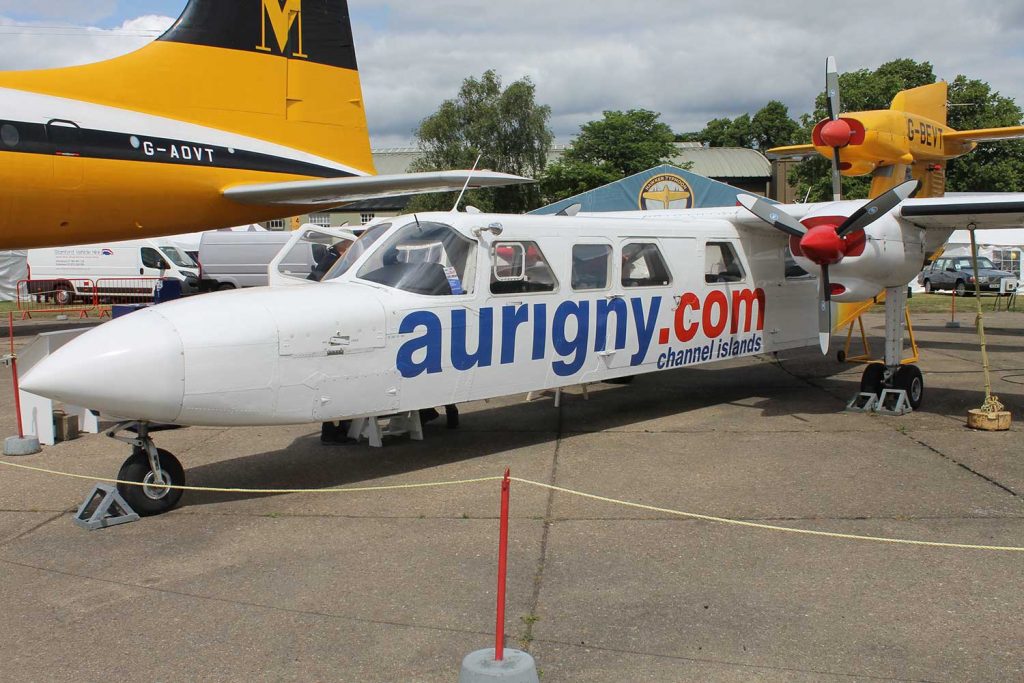
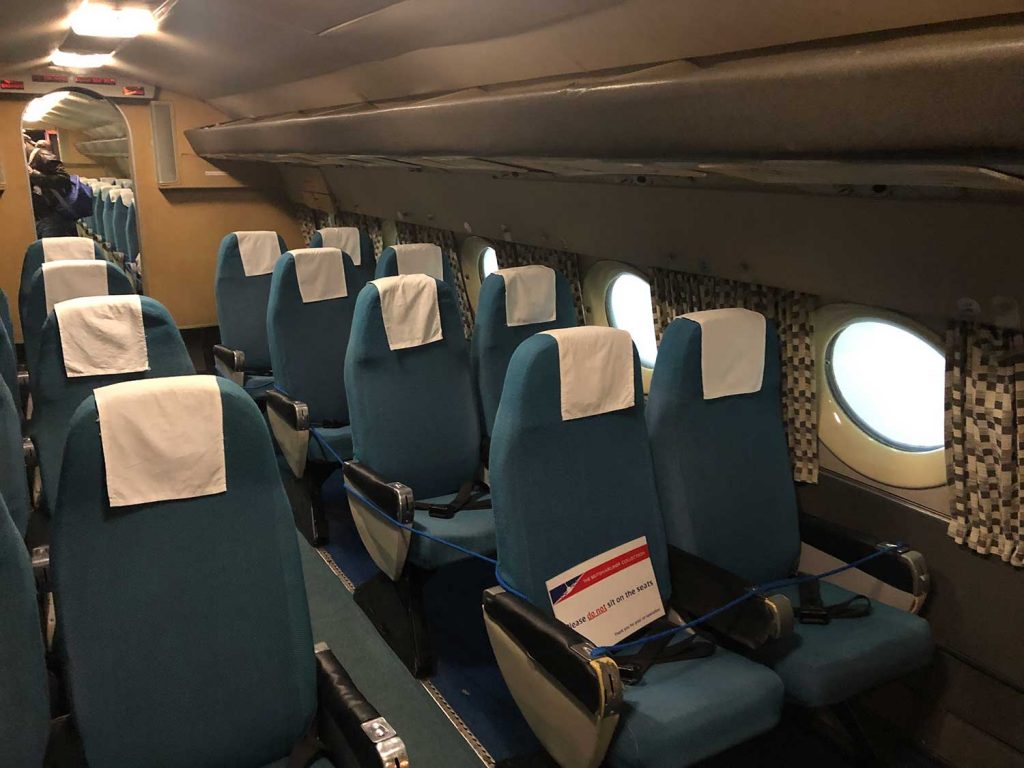
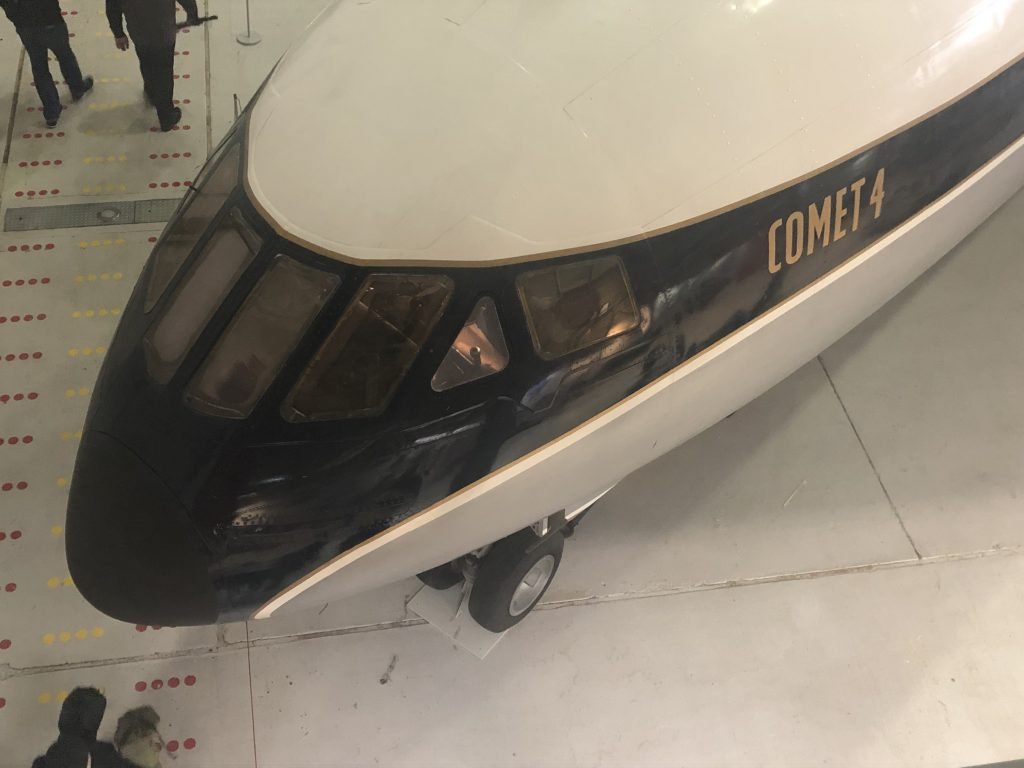
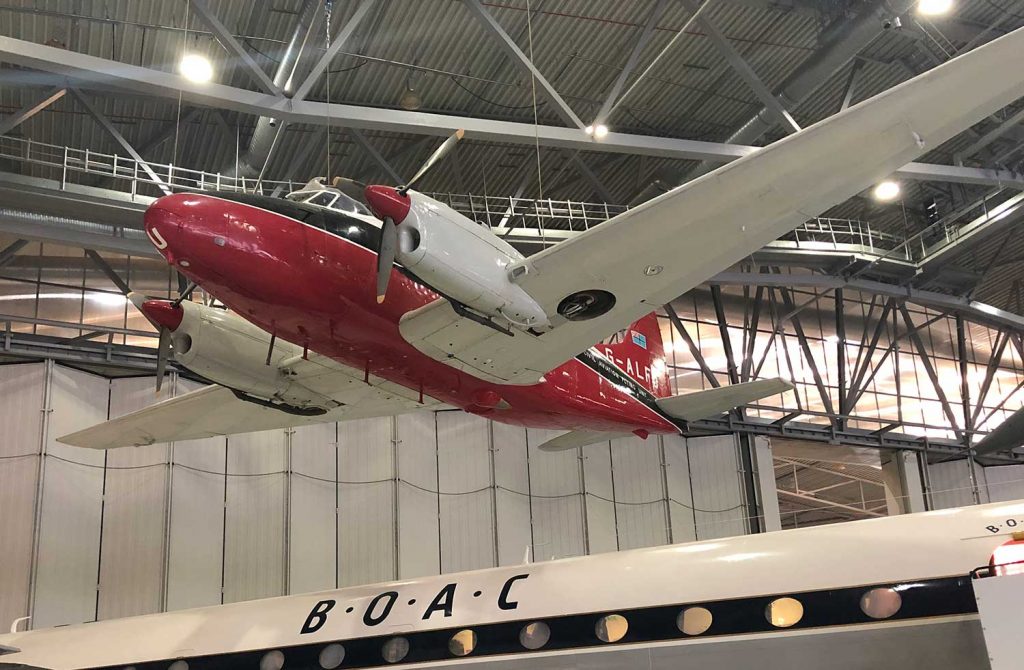
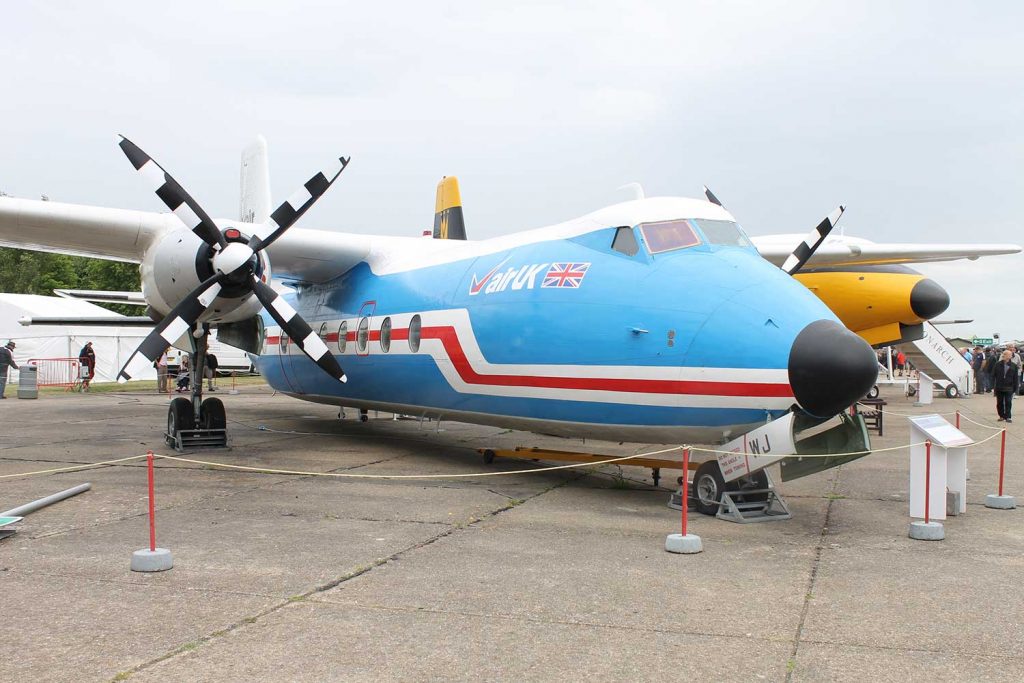
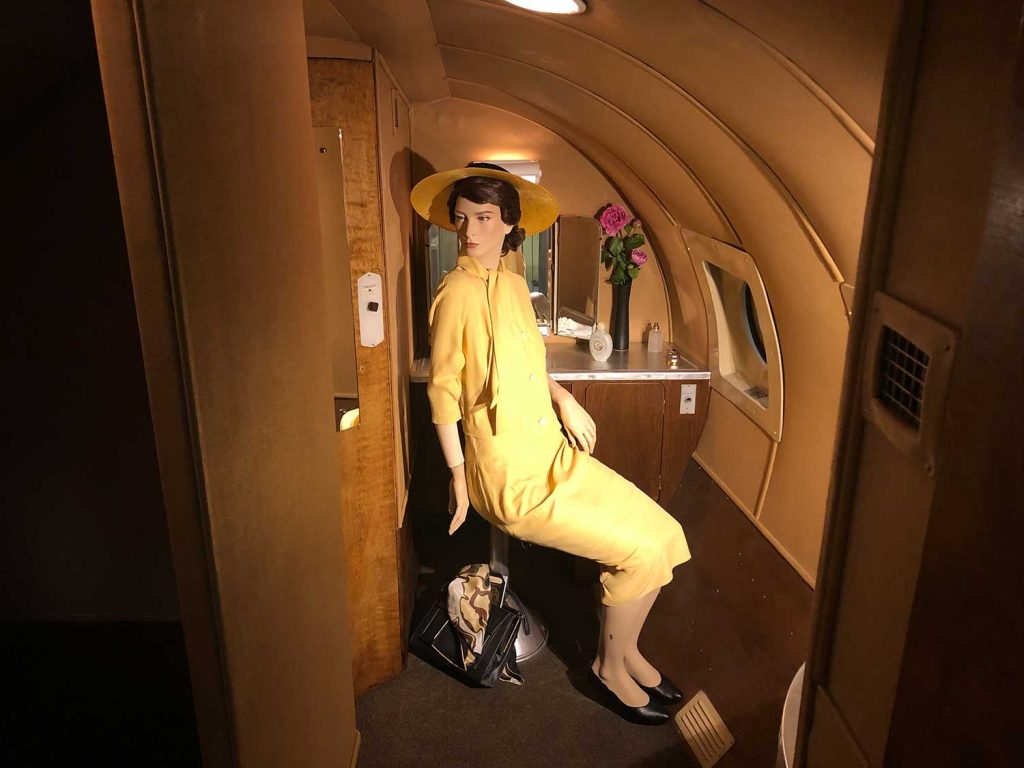
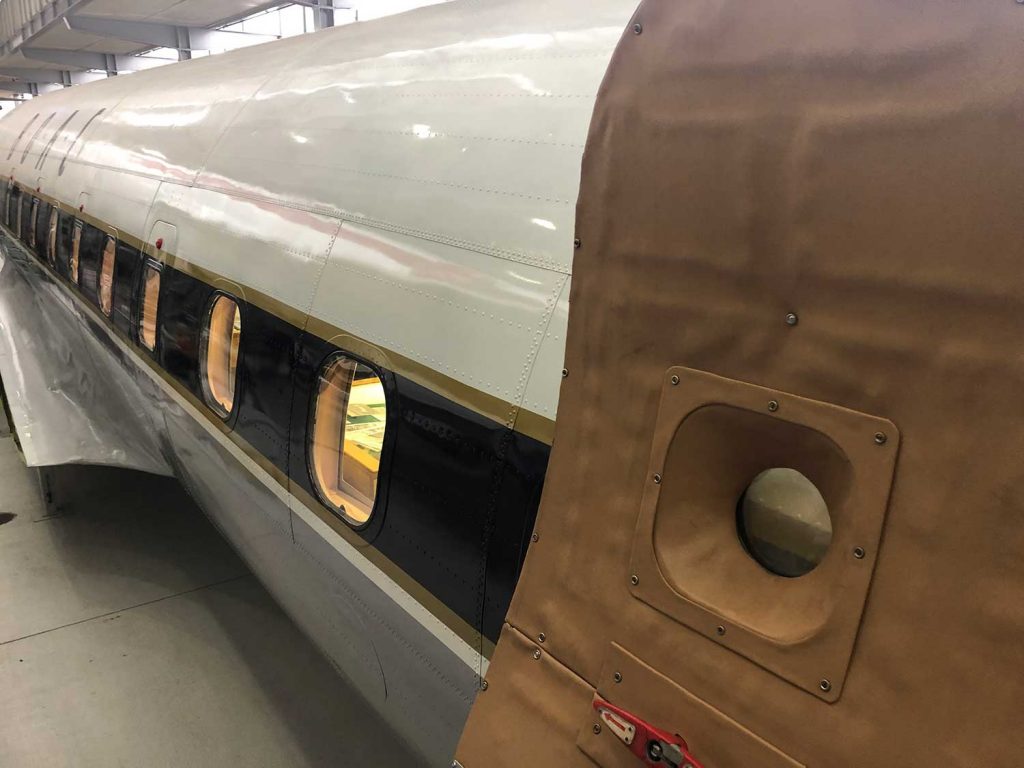
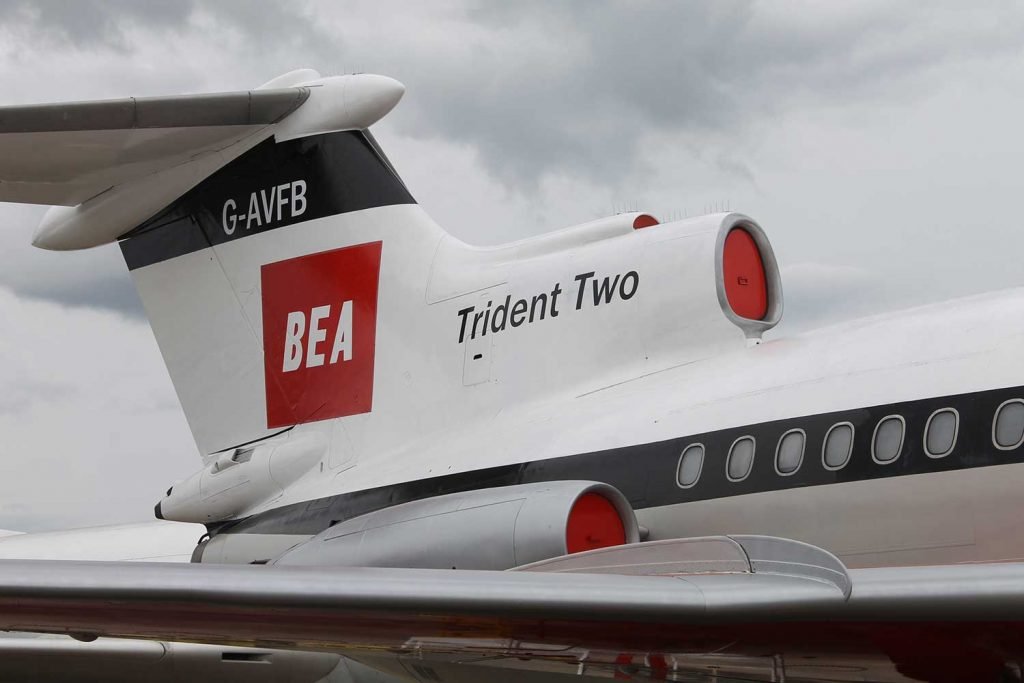
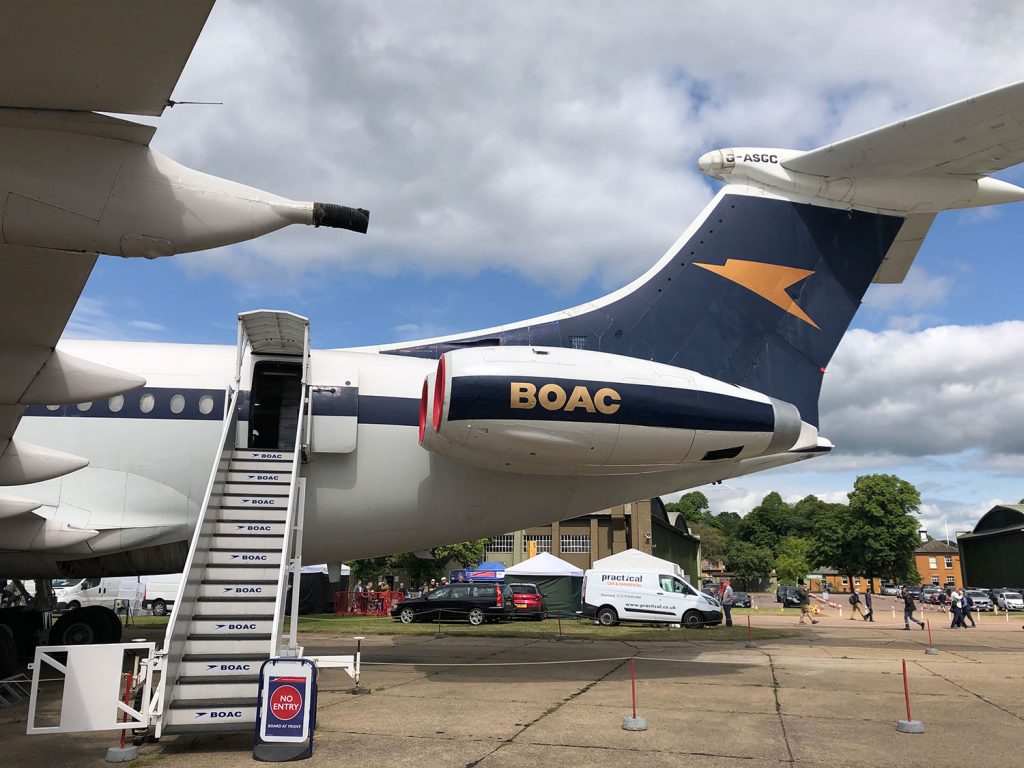
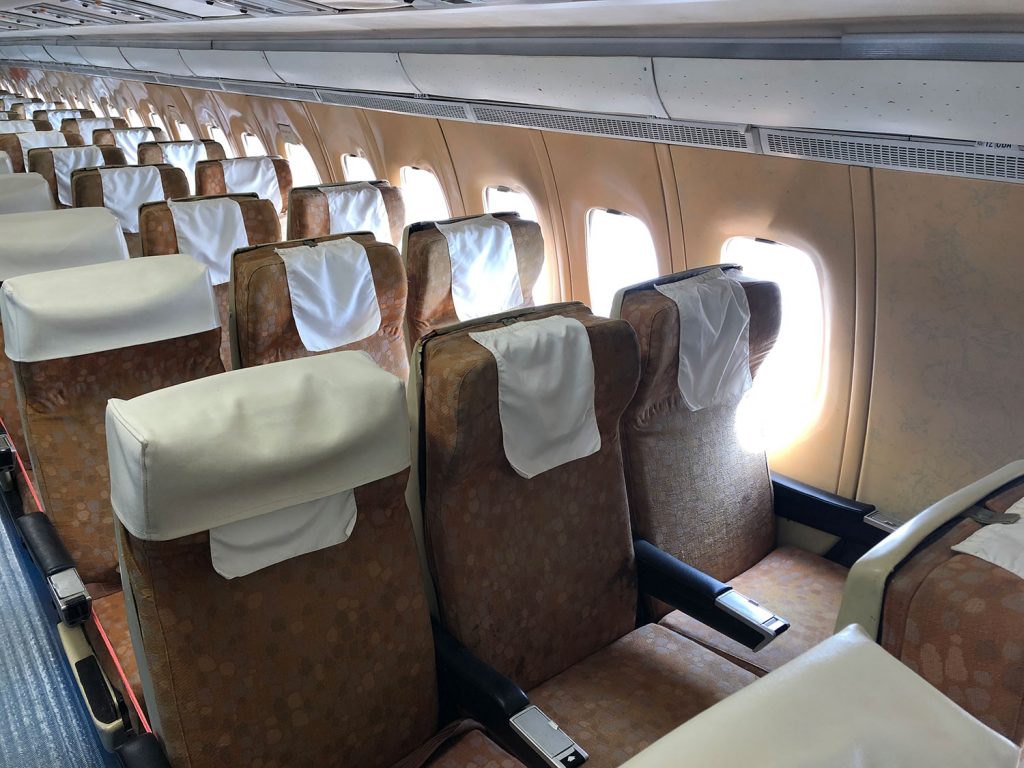
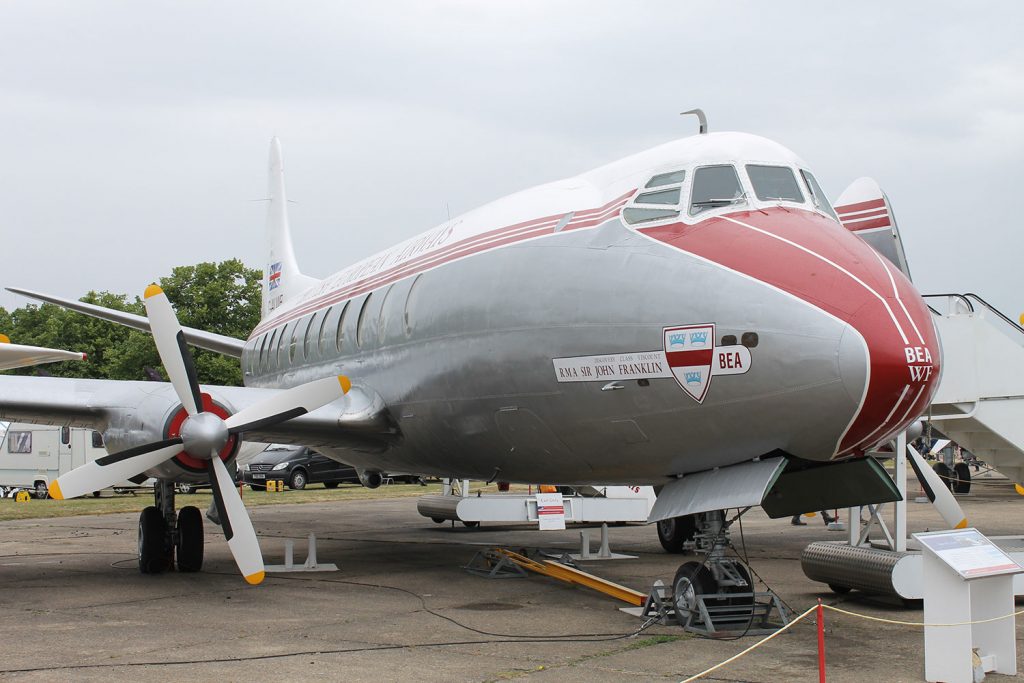
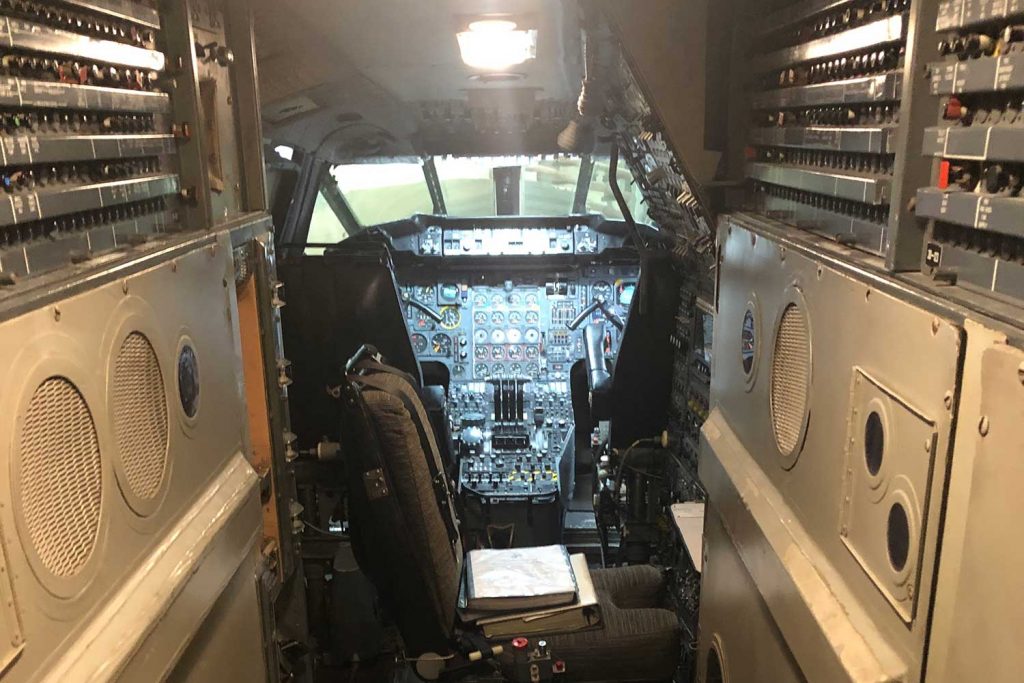
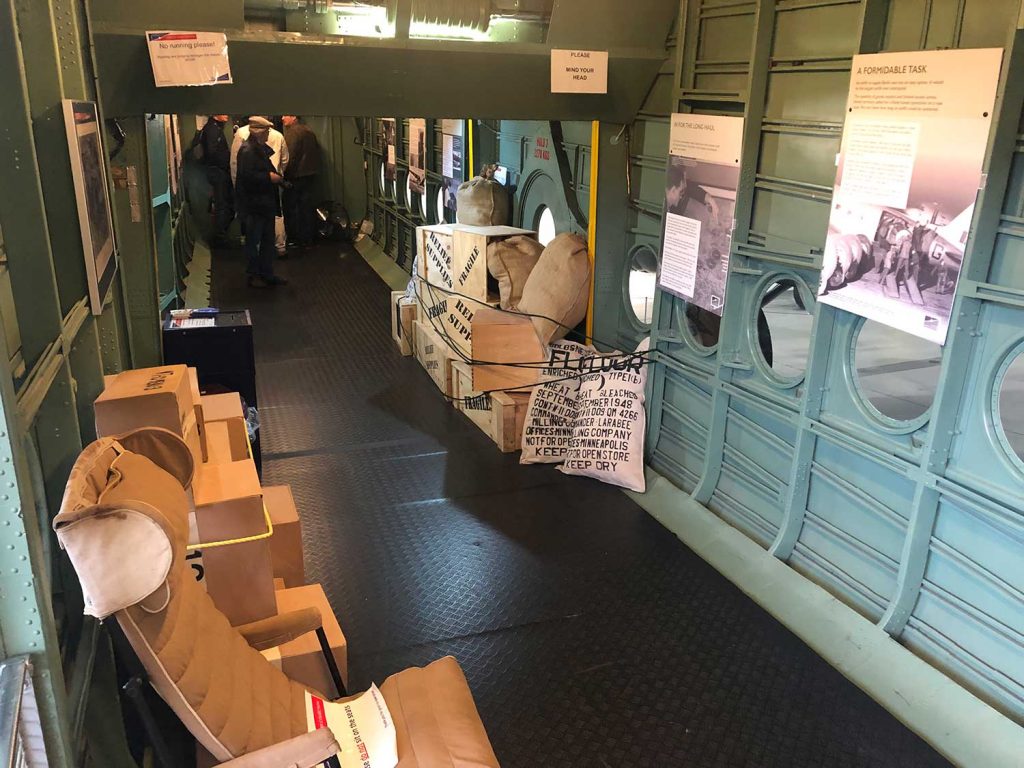
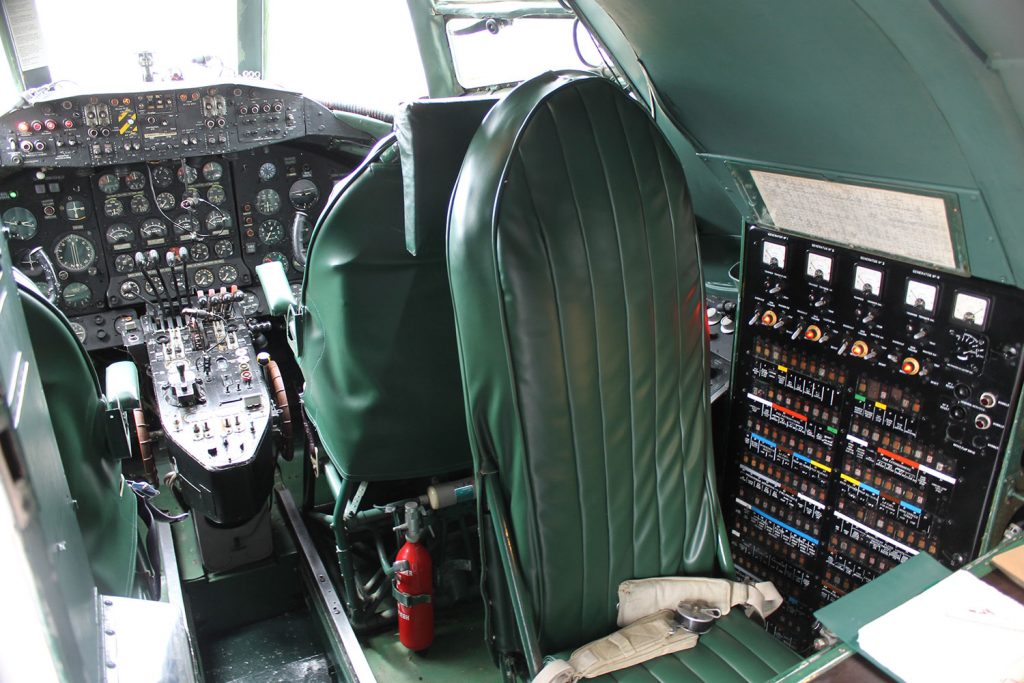
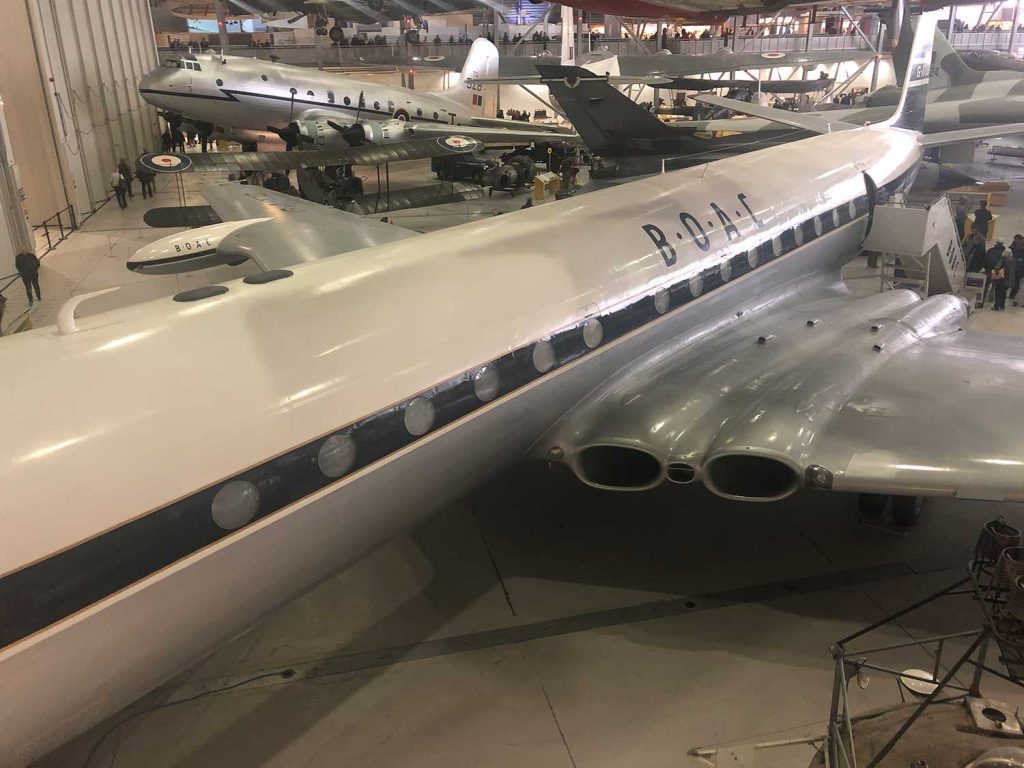
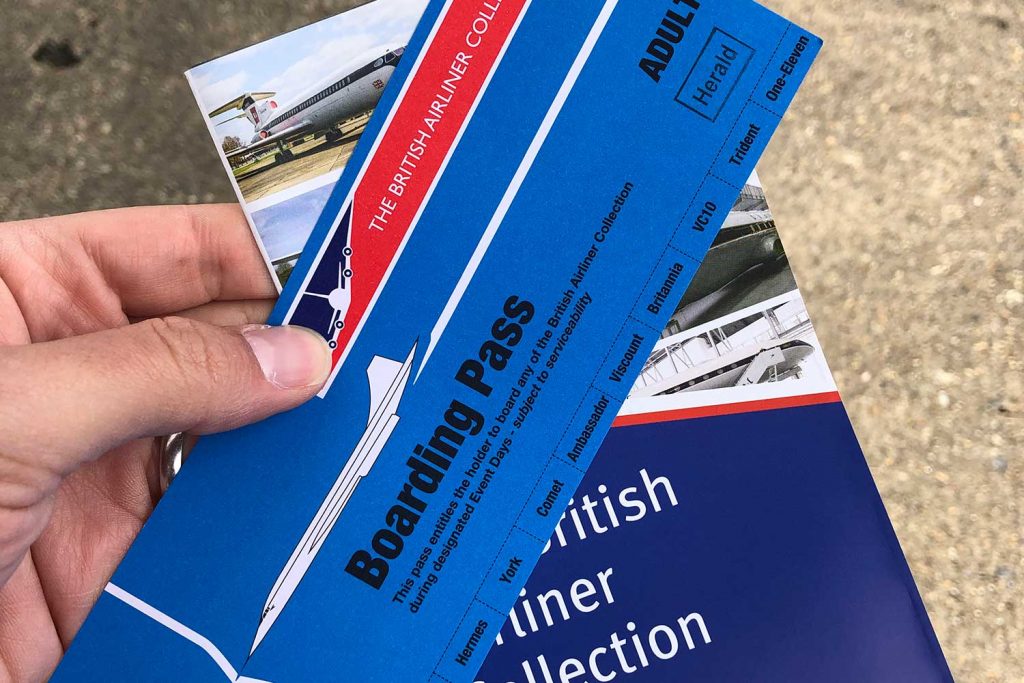




3 comments
Great article 🙂 I’m a fan of the GB Airliner Collection & just wish that there was space at Duxford for more preserved airliners, I’d love to see the following added – BN Islander, SH330 & SH360, Jetstream 31 & 41, BAe ATP, HS748 & of course the BAe146, sadly I think I have read that space is an issue & that the collection will not grow beyond it’s current size. One correction to the feature The Trislander was operated by Aurigny Air Services not Airlines.
We visited Duxford just the other week and sadly you can only get on board Concord at the moment. I’m is free however with just a free timed ticket required.
It’s such a shame that the IWM won’t give them more of the unused space so that the Herald can stay where many people have freely given of their time and hard-earned cash to keep it looking so good. It’s not as if there is a lack of space on the site.